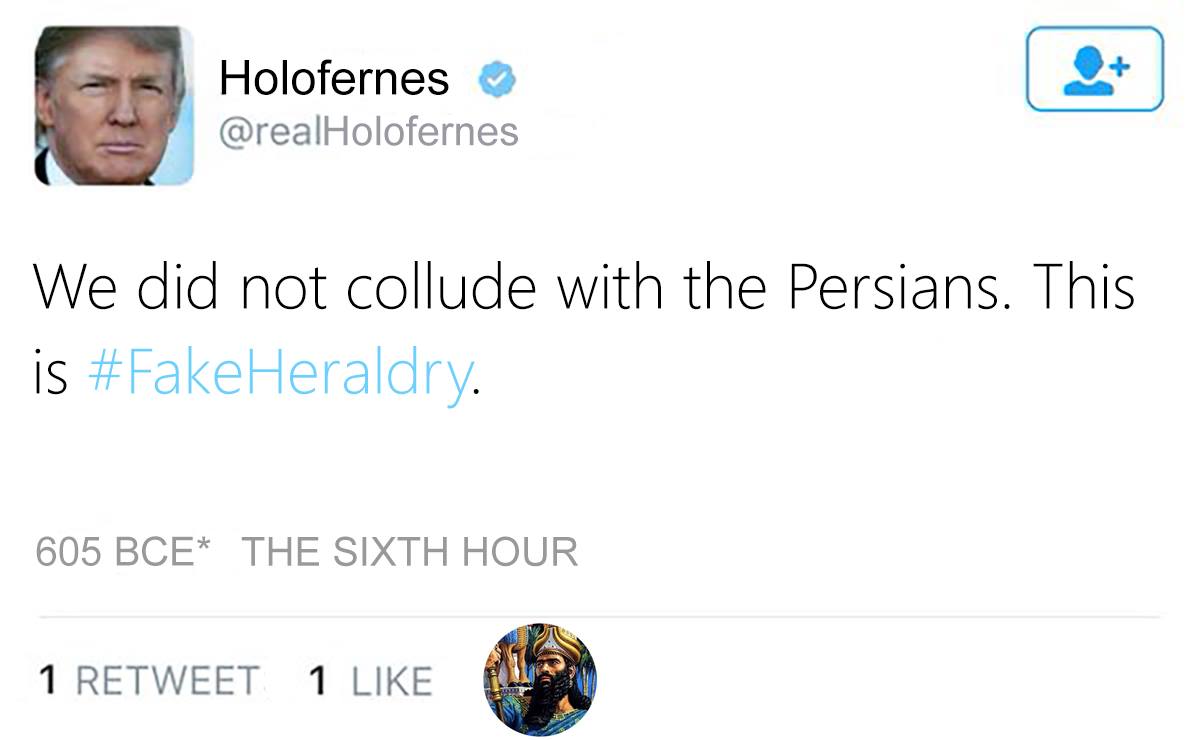A recent article on IO9 asked what the most frustrating revision to canon was in a franchise. It was asking about science fiction fandom canons, of course, and focused in on the example of the War Doctor on Doctor Who. But since it did so at a time that coincides not only with the 4.5th anniversary of “The Name of the Doctor,” but also with the 500th anniversary of the Protestant Reformation, I am delighted (as you know I always am) to focus in once again on the relationship between fandom and biblical canons.
Of course, if time travel is possible, then you can go back and make the canon always have been what you later change it to be. But if it always was that way, you would never go back to change it, would you…?
Turning once more to the Biblical canon, there is a new book out about ancient canon lists. Also, a post on social media did something quite wonderful with a work that is in the Apocrypha and thus in Catholic and Orthodox biblical canons but outside of or on the margin of Protestant Bibles. Bob Cargill shared these on Facebook, writing, “Doing Judith this morning in Sunday School. Comparing Holofernes’ response to Achior in Judith 6 to Twitter war between Trump and Kim Jong Un“:




Did you like those as much as I did? Can you think of other tweets from Holofernes? Who else from the Apocrypha deserves to have a Twitter account created for them with tweets of this sort provided?
I apologize for not having said or done much related to either Halloween or the anniversary of the Reformation. As you’ll know if you’re connected with me on Facebook or on Twitter, I was involved in a Luther 500 event with Reformation-themed games like Sola Fide, and for Halloween I was dressed as Dracula and trying to promote my Transylvania trip that I will run in May 2018. Transylvania is a fascinating region to explore in connection with the Protestant Reformation, which was promoted, embraced radically (see the strength of Unitarianism in the region), resisted, and ignored (it didn’t really have much to say directly to the Romanian Orthodox church, at least directly) in Transylvania, making for a fascinating if neglected part of the story of European religious history.














